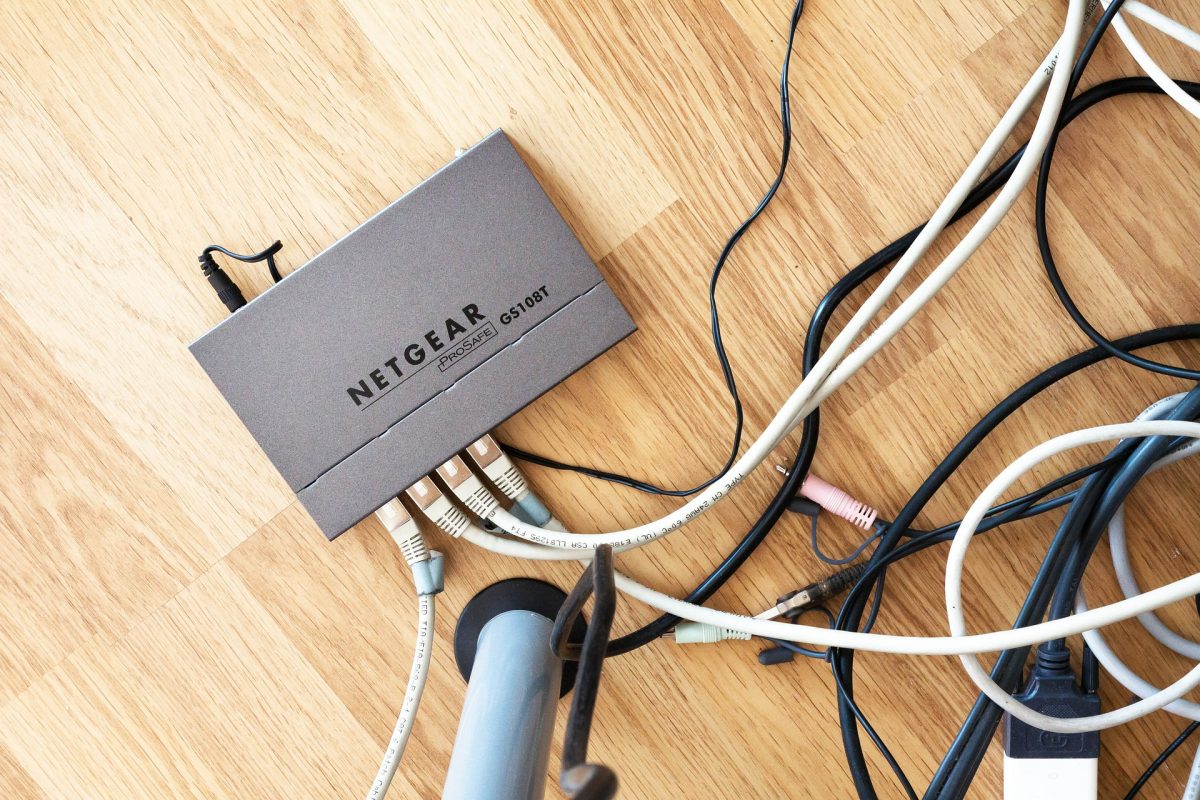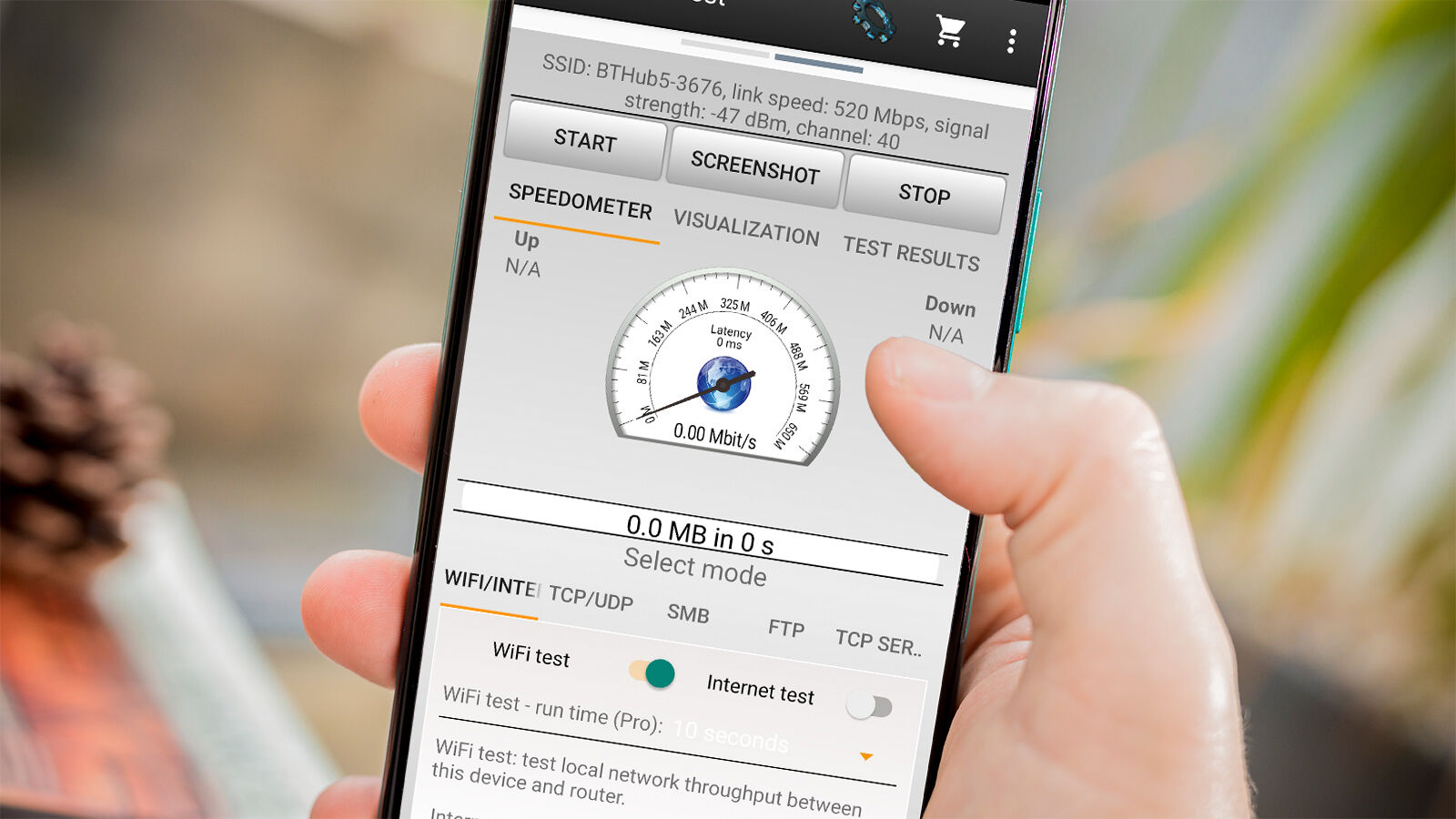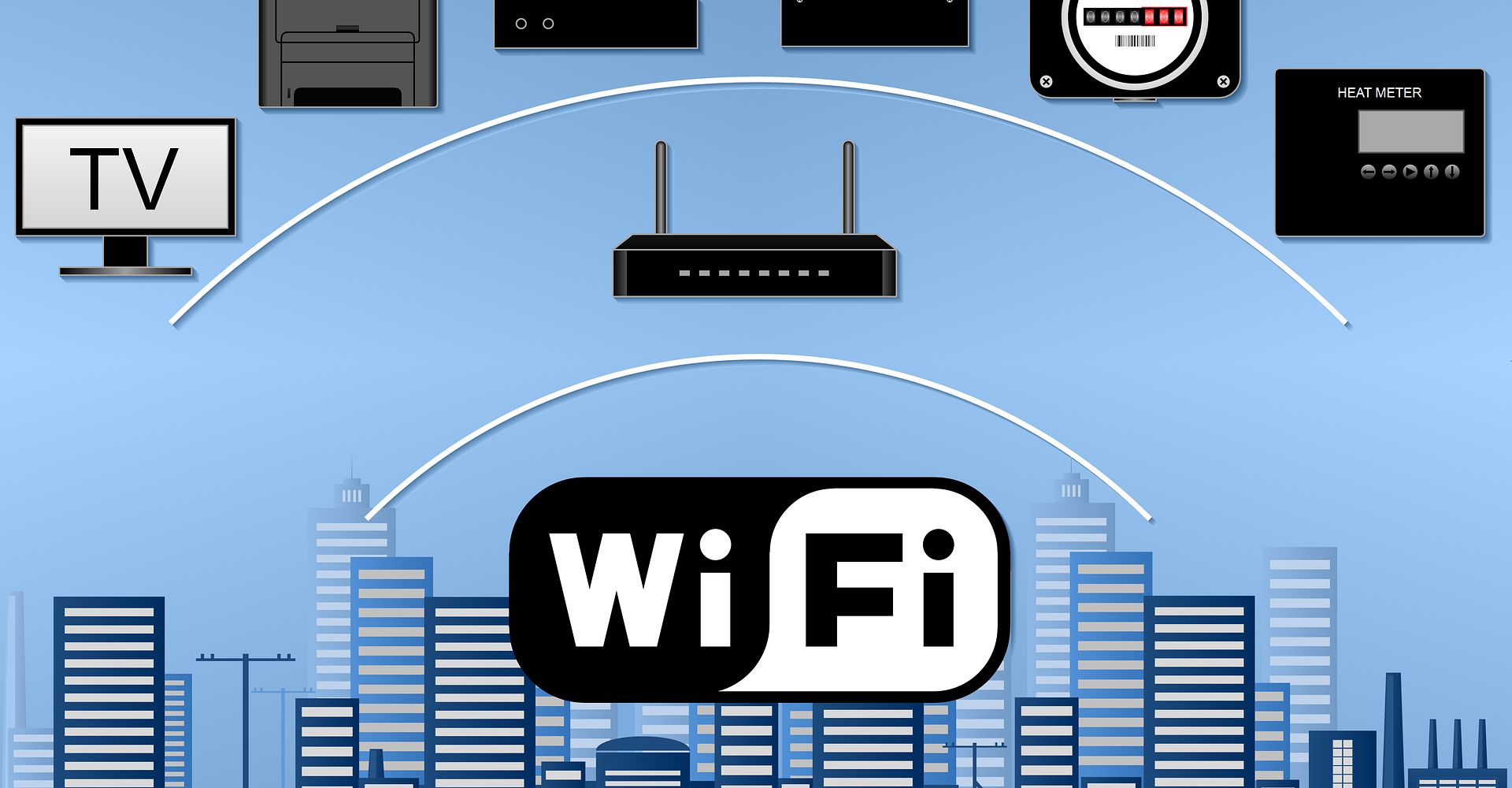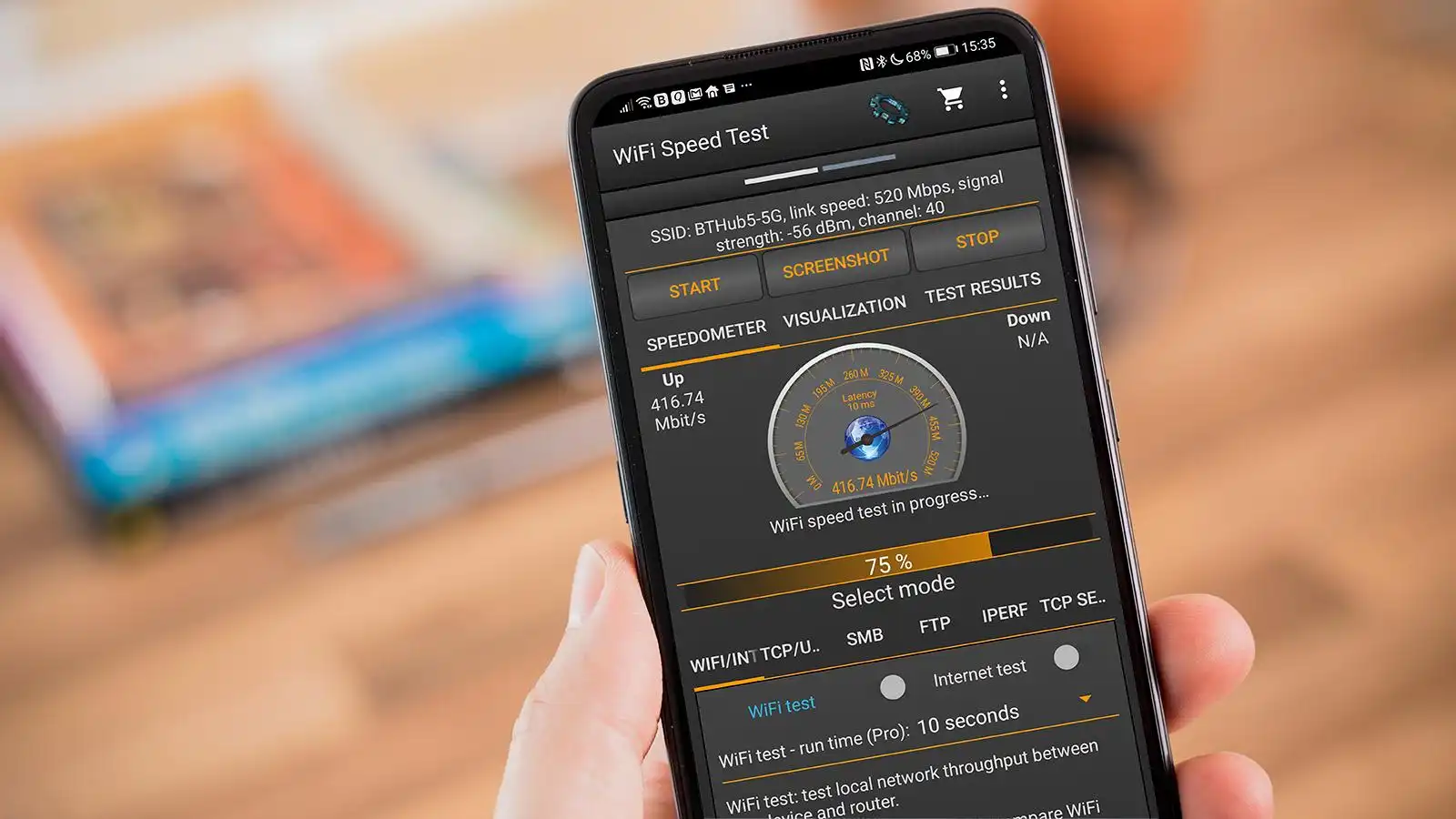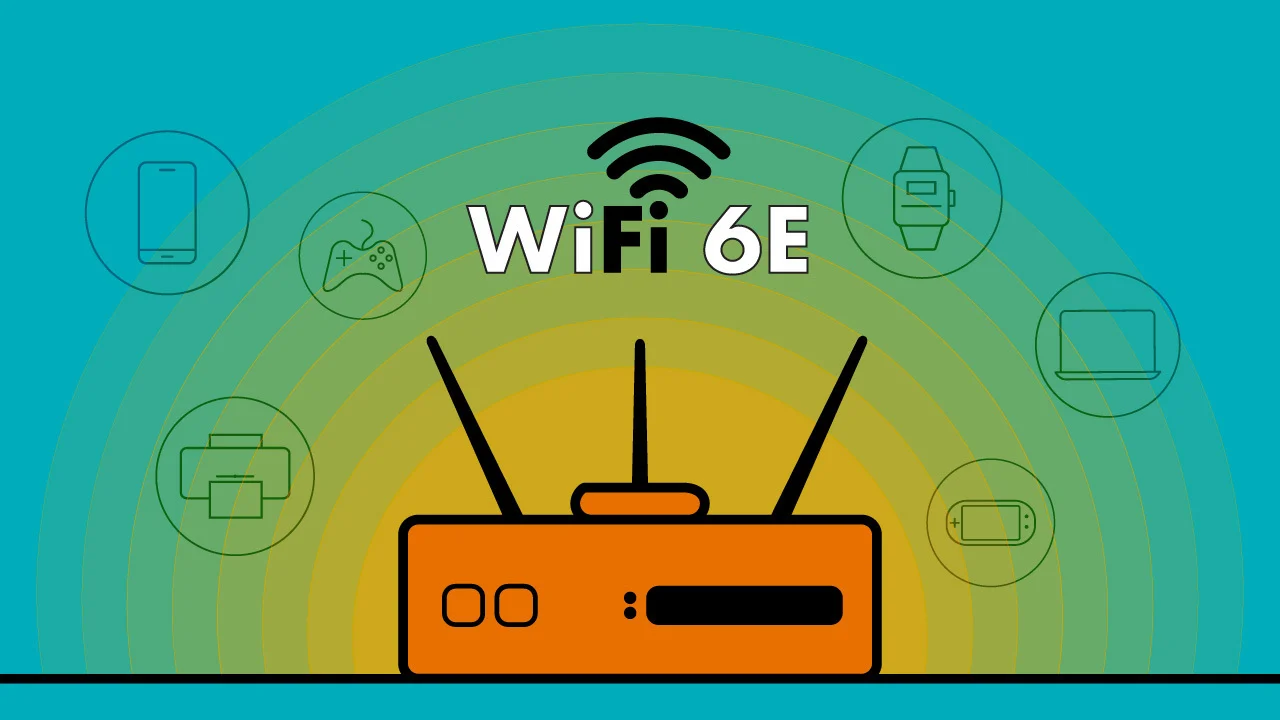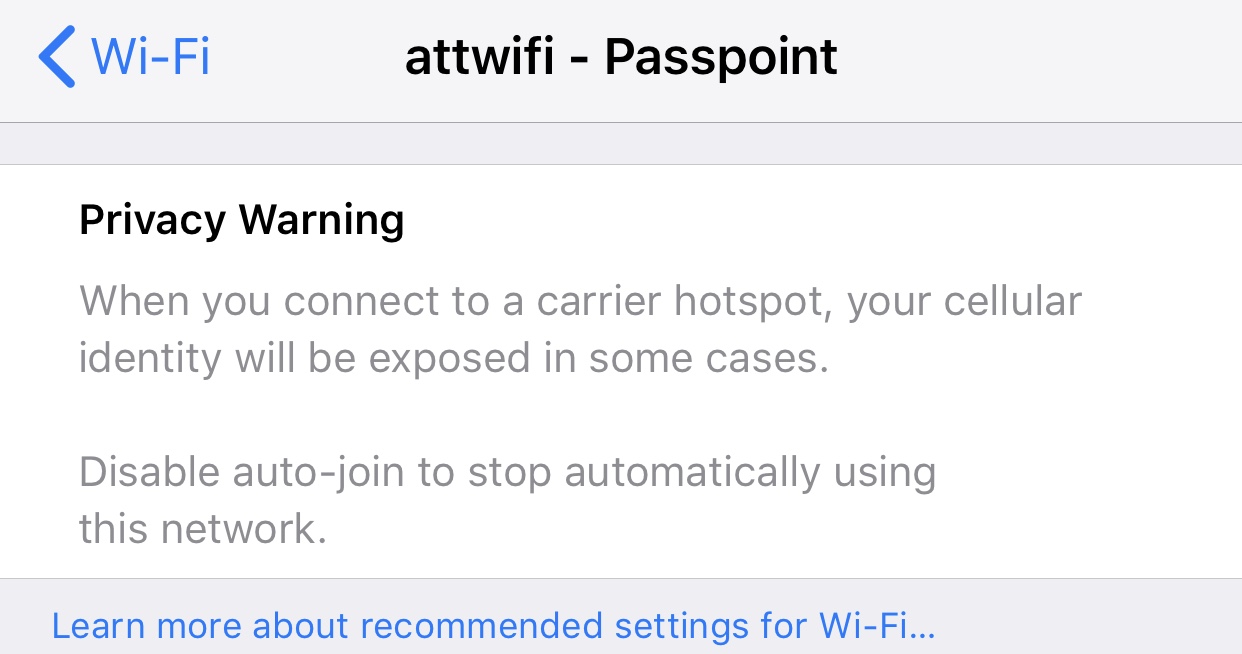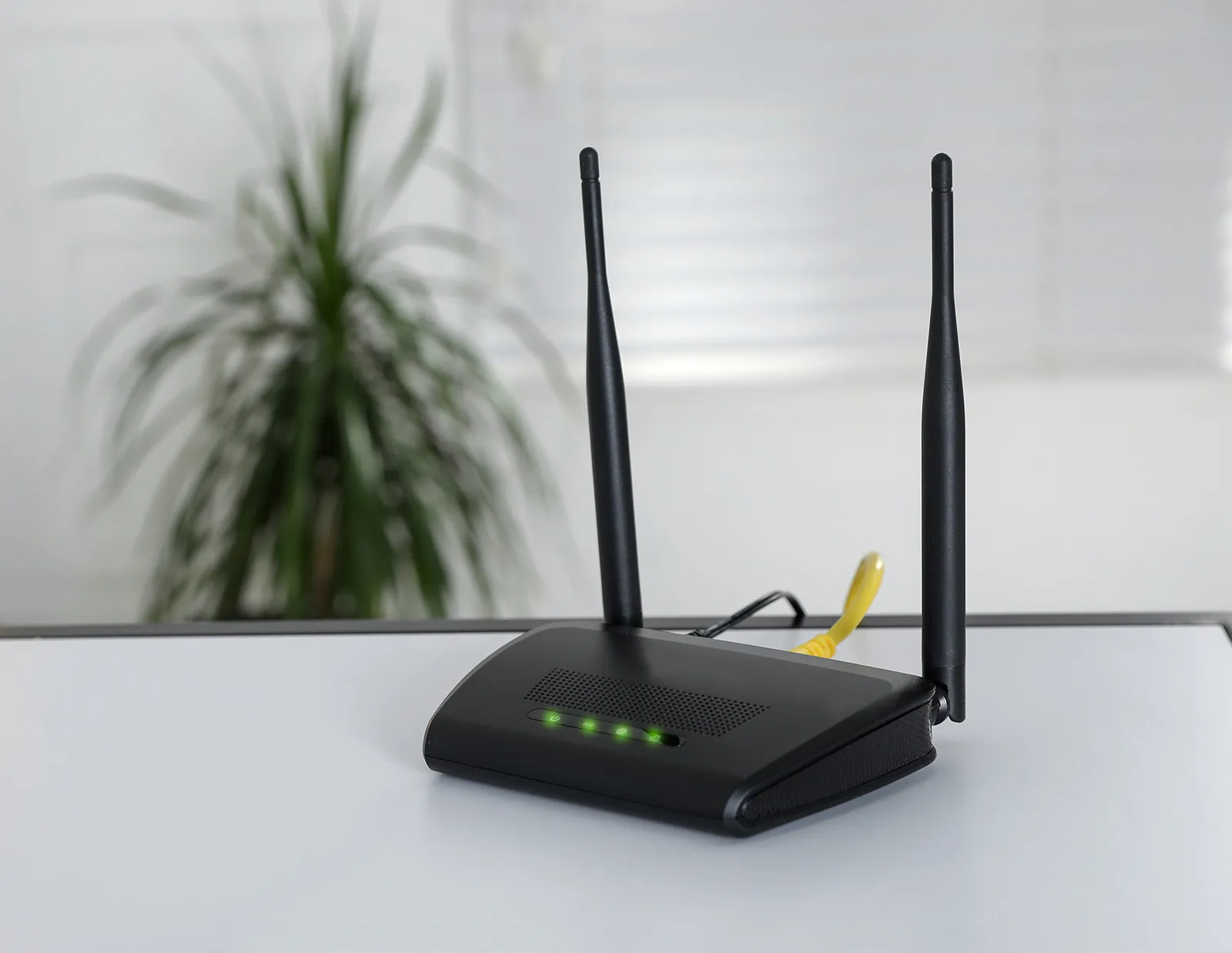Maybe you’ve noticed that your internet is getting progressively slower over the past few days. You have no idea how to download movies from Netflix at this rate. How are you going to use social media?! Well, if it’s going on for a bit, maybe it’s time to ask yourself, “Who is on my wifi?”
Technology brings on a lot of innovations that benefit us. But that also means there are more ways than one for hackers to get into your network. If you suspect that your data is at risk, it doesn’t hurt to check. In this guide, you’ll learn how to keep your connection fast and secure.
How the network connection works
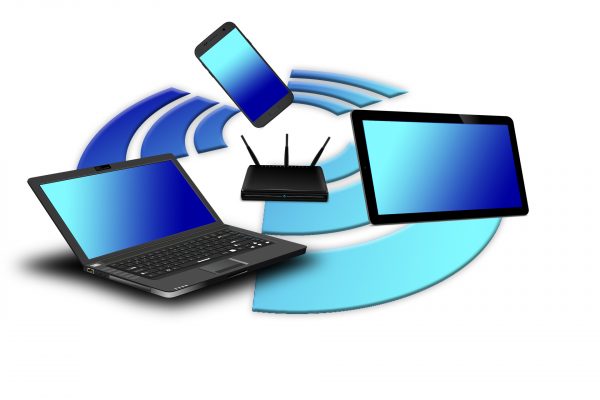

To better understand how you’ll see who is on your wifi, let’s explore DNS. DNS stands for Domain Name System. It’s basically an IP address to domain name translator. For every domain on the internet, there is a corresponding IP address. Once you look for a website, your DNS will find its IP address in the system and get it for you. That’s how it appears on your computer.
If it doesn’t find it in its system, it will go to your Internet Service Provider (ISP). Should the ISP not find it, it will go to a Top Level Domain Server (TLD) and so on. It will move up on the DNS hierarchy. This process repeats until your domain’s IP address gets found. It’s crazy how such a complex process happens in just a snap. Once it makes its way back to your DNS, it gets stored in the DNS’ cache memory. This is so that it won’t have to undergo the same process during future site visits. Clearing your browser’s cache may reset it, however. But if your site is popular and commonly searched, it won’t take that long to find it again.
If you want to see who is on your wifi, you’ll want to see all the requests the DNS receives. Viewing DNS requests will let you see what sites they’re browsing and from where. This means having an open DNS. Some software use an open DNS to let you view the connected devices. The open DNS also allows you to view what sites they are browsing.
How to see who is on your wifi
On your router
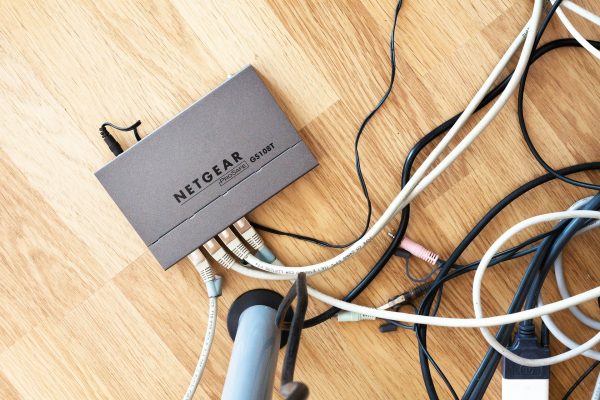

You can try manual checking through your router for leechers. This procedure is fairly simple and requires no additional software.
- Turn off all your devices connected to the internet. Check PCs, phones, and tablets and turn off wifi from settings.
- Observe the lights on the router. Blinking router lights means the internet gets used. So if your devices are not connected, it won’t blink.
- If the router lights are still blinking, someone is connected to your wifi. Unfortunately, you can’t manually check who stays connected to your wifi. But it’s a good way to detect it.
If you wish to pinpoint what devices are connected to your wifi, you can check on your browser.
On your browser
If you’ve checked your router lights and want to see who is connecting, you can follow these steps.
- Find your IP address. It will comprise four decimal numbers containing 1-3 digits. A dot separates these and will range from 0 to 255. You should find it on your router or startup disk. If not, you can find it in your PC settings. For Windows 10, you can find it under Wi-Fi settings. Click “Hardware Properties,” and you should find it there.
- Go to your default browser and type in your IP address. Copy your IP address and paste it on the link bar of your browser. Click Enter.
- Log-in to your router. A log-in screen will appear and prompt you for a username and password. The default username and password will typically be “admin.” If not, the log-in details will also be on your router or manual.
- Find a list of connected devices. The interface will vary from router to router. Find the setting named “Connected Devices” or “Attached devices.”
- From there, find unfamiliar devices. It will show you a list of devices that are connected to your network.
If you wish to kick out someone from your network, you can download special software to do so. There are some available for PC, Mac, Android, and iOS.
On your Windows PC
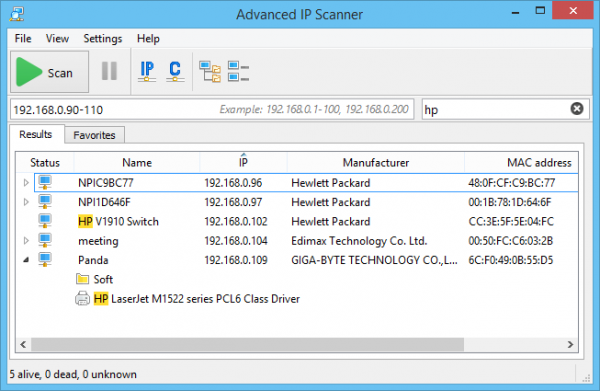

If you have your PC on you, you can use it to see who is on your wifi. You can also install software to remove unauthorized connections.
- Download “Advanced IP Scanner” from their site. It should be the first to appear when you open the site.
- Once downloaded, run the app. Then launch it.
- Click “Scan.” You will see this on the top left corner of the app. Advanced IP Scanner will already determine your network range. If it doesn’t, then you can always manually input it.
- The app will start the scan. This can take a few minutes, so just wait until the process is finished.
- Once downloaded, it will give you a list of devices connected to your wifi. You can double-check the manufacturer and MAC address of your devices there. This will allow you to know which device is which.
- Rename and save known devices to the list. You can rename your devices so that the app knows it’s safe when you scan them next. When you use new devices, you can update the list later.
On your Mac
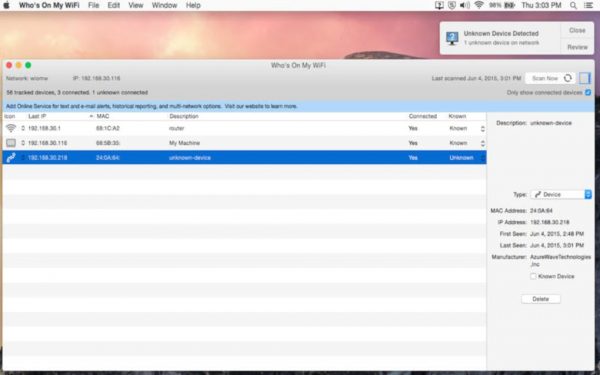

For Mac users, the software “Who Is On My Wifi” is a great tool. To use it, just follow these steps:
- Download “Who Is On My Wifi” from Softonic. Launch the app once downloaded.
- After you’ve set it up, it will prompt you for continuous automatic scanning. Click “Yes, set up continuous automatic scanning.” Then, click “Proceed.” This will start the scan.
- The app will scan your network and detect devices. It might take a while, so just wait for it to finish. A list of devices will appear upon finishing.
- Once done, go to the “Description” column. Find the “Manufacturer.” If you’re looking through devices, these two will help you distinguish them.
- Mark devices you own as “Known.” This will help you figure out which devices on the list are unauthorized. You also get the option to label the devices you do own to tell them apart from each other. However, they won’t let you name them so you only get vague labels like “Tablet” or “Phone.”
On your Android or iPhone
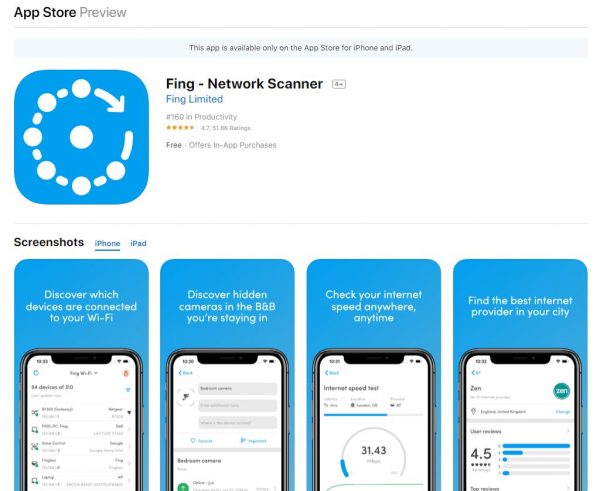

If you don’t have laptops or desktops on hand, there are apps available as well. Fing is compatible with both Android and iOS phones. It also has a neat, straightforward interface that makes it easy to navigate.
- Download the Fing app on your phone. The app is available for download on both the App Store and the Play Store.
- Go to the “Devices” tab. You’ll find it at the bottom left of the screen.
- The app will automatically perform a network scan. A list of devices will appear on the screen. You can find the scan progress on the top left corner.
- Click on each device for more information. It will show you the name of the device (e.g. Pia’s Kindle). It will also show you what kind of device it is, whether tablet or phone, etc. It will also provide you with the make and model of the device. As well as the manufacturer and the IP and MAC address.
- Sort your device list. Fing has an extensive filing system that will help you sort through your devices. It will make it easier to order and filter your devices. It can also allow you to search for any device on the list. This will help you weed it unwanted connections to your network.
Who might be on your wifi
Leechers
At the very least, someone leeching off your network will be just that. A leecher. They might just be a pesky neighbor who can’t get their own internet access. So, they’re using yours instead. These are a bit easier to deal with. However, you should still take preventative measures to ensure it won’t happen again.
Hackers with ransomware


The worst-case scenario would be that you’re dealing with a hacker. In today’s age, ransomware is a very high probability. They could steal all of your data and demand monetary compensation in exchange. Your information in this digital world is a precious commodity. When dealing with these kinds of leechers, you might need to consult with an IT professional or contact your ISP provider.
What to do after finding unauthorized connection
Double-check devices around the house
After finding an unknown device, double-check the devices in your house. It might have detected anything from your Amazon Echo to your portable Bluetooth speakers. Check any device settings for the device name or MAC address. You may not have noticed which device uses up your internet a lot. If you’ve found one, you can turn off wifi from there and retry manual checking.
Change your password immediately
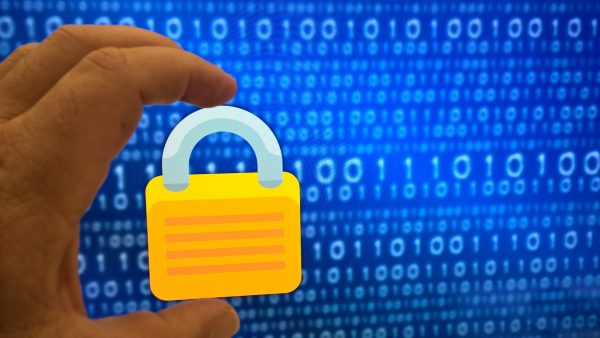

If you’re sure that the device is unknown, change your wifi password. If you share a network with family or roommates, you can inform them later. Make your password more secure and deviate from your previous one. There are ways to keep your password strong and secure. We’ll talk about what makes a secure password later on in the article.
Kick them out
You can also kick out unknown devices from your network. You can download software like Netcut (for Windows) and JamWifi (for Mac) to help you do so. This software’s interface is pretty straightforward. It operates just like the apps we mentioned above. Once the app loads, you’ll find a list of connected devices. From there you can choose a device to kick out and click “kick” or “cut.” This will boot the device from your network, freeing up more bandwidth for you.
Report them to proper authorities
Depending on where you live, there are also prohibitions against this. In some countries and states, piggybacking is illegal. Especially if this connectivity becomes harmful. If the connection is relatively harmless, it’s still piggybacking. In this case, rules are still quite ambiguous. There might be special conditions and qualifications to warrant arrest.
Internet service providers themselves prohibit unauthorized internet connectivity. If you find someone piggybacking on your wifi, you can report them to your ISP.
How to improve your internet security
Install an Antivirus or Firewall
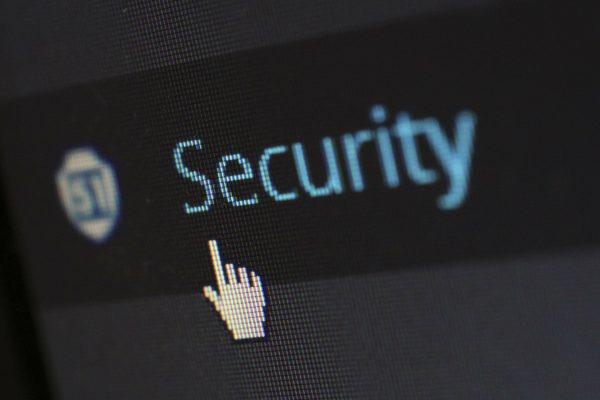

You can never go wrong with beefing up your internet security. Investing in a good antivirus or firewall will help you protect your data and information. It will lessen the risk of getting hacked and save you from ransomware. Some of the best antiviruses already have built-in network scanning and even more features to help you easily check who is on your wifi.
Get a VPN
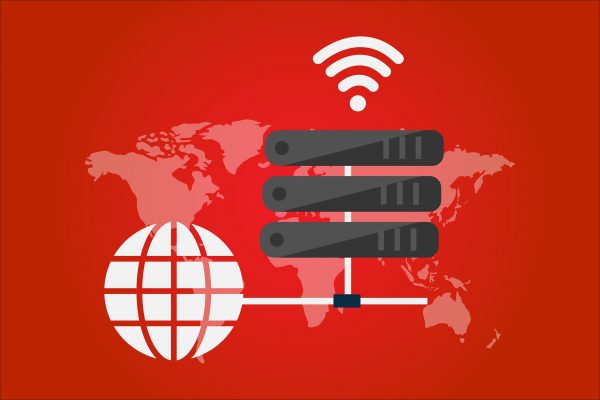

If you want to protect your IP address, then you should learn how to set up a VPN. A VPN will use proxy servers to retrieve your domain for you. In doing so, only the proxy server’s IP address is visible to the sites. It also has a lot of perks such as faster internet and access to exclusive international sites. You can even watch Netflix movies with a VPN.
Use strong encryption
Secure your network connection with a strong password. Don’t go for easy to decipher passwords like your family name. Avoid common passwords such as “password,” “qwerty,” or “abc123.” These are the most commonly hacked passwords. As much as possible, have at least 8 characters. We also recommend incorporating a mix of upper and lower case. Adding a little punctuation mark wouldn’t hurt. You can also invest in a password manager that will randomly generate passwords and keep them locked safe.
Consistent security check-ups and firmware update
Kicking out internet leechers once isn’t enough. If your leecher somehow knows their code, they can just develop a static IP address and reconnect. If you want to keep your network safe, it doesn’t hurt to check up on it here and there. Also, make sure to keep your firmware up to date. This reduces the risk of malware entering the system.









